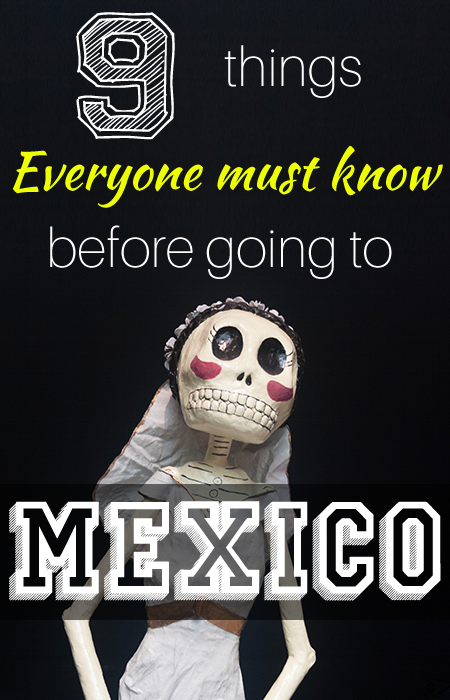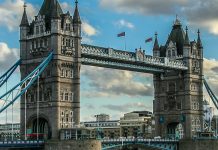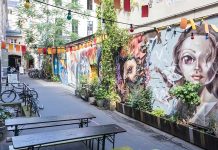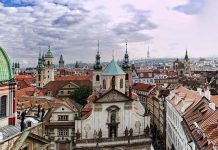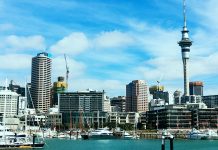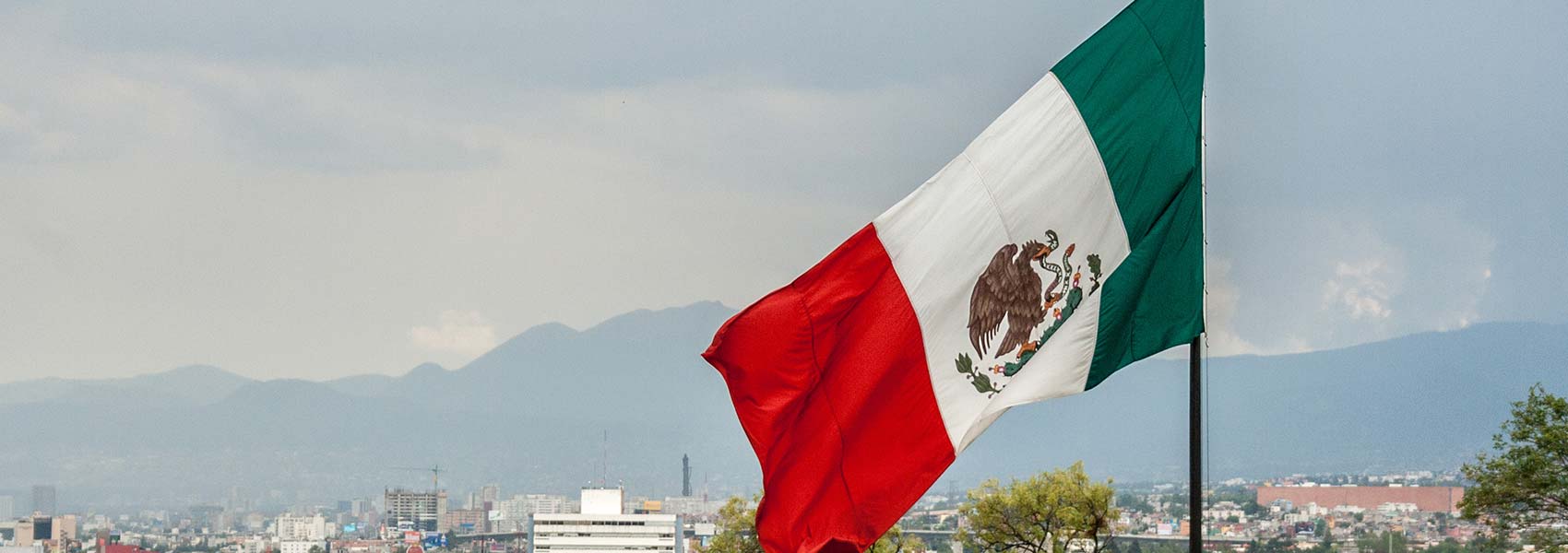Home to over 21 million inhabitants, Mexico City is loud, busy and vibrant. The city hums with life at all hours of the day. Ranked the #1 place to visit in 2016 by the New York Times, now is the best time to go to Mexico City to get a taste of this untapped wonderland.
Here are the 9 things you need to know before going to Mexico City.
1You most likely don’t need a visa.
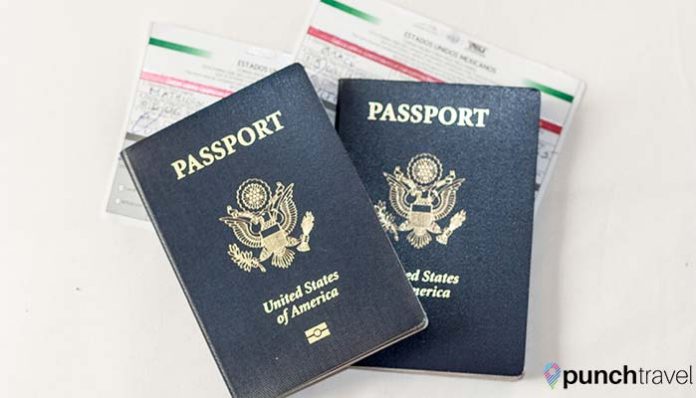
If you are a citizen of one of 65 countries that don’t require a visa to visit Mexico (including countries in the EU or the United States) you only need to show a passport that is valid for a minimum of 6 months. As a tourist, you can stay in Mexico for up to 180 days without a visa.
Upon arrival at the airport, you will need to complete a document called the Forma Migratoria Multiple. This form is usually provided to you by the airline, or is available in the customs area. The document asks some standard information like the purpose of your trip, your airline and flight number, and the number of days you will be in Mexico. Make sure you hang on to this form for the duration of your trip because you’ll need it when you depart from Mexico.
2Getting around is really cheap.
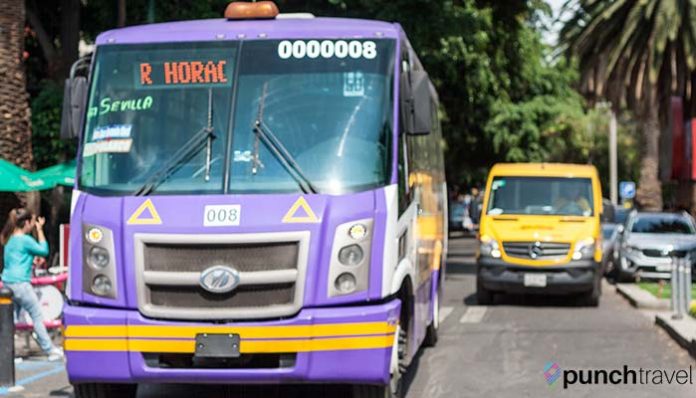
Mexico City is the largest city in Latin America, and the city itself is widespread and dense. But getting around is actually pretty cheap. The metro system is one of the cheapest in the world, costing about 5 pesos per ride, for any distance and for any amount of transfers. Even Uber is cheap, with an Uberpool ride from the airport to the city center costing less than $3.
Most of the major tourist attractions in the Centro Historico (Historic Center) are within close proximity to each other and are easily accessed by walking.
3You can see a movie for less than $2.

There are two primary movie theater chains in Mexico City, Cinepolis and Cinemex, and both show movies in English with subtitles in addition to Spanish. You can catch any of the Hollywood blockbusters the same weekend they are out in the US or an independent film at the Cinemex Reforma Casa de Arte.
Plus, the theaters are amazing – certainly better than most theaters in the US. Picture reclining leather seats for two, side tables to hold your popcorn and nachos, and on top of that the seats are assigned, so you don’t need to get there early.
The theaters frequently have promotions like discounted tickets on Wednesdays, 2-for-1 tickets on Tuesdays, and loyalty programs that offer free tickets and food. A normal adult ticket costs 57 pesos.
4Dining customs are different.
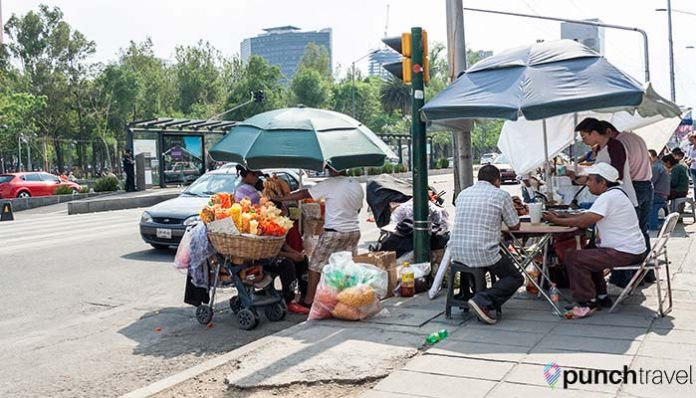
In Mexico, the primary meal of the day is lunch, and it usually lasts at least one and a half hours and doesn’t begin until 2pm. Lunch is large and takes place over multiple courses and alcohol. It’s a wonder how people are able to get back to work.
Dinner, called la cena, is usually a lighter meal taken closer to 9 or 10pm in order to gear up for going out drinking. The bar scene is lively, with big groups of friends going to the cervezaria or cantina for drinks and snacks, called botana which usually consists of crackers, tortilla chips and salsa, and occasionally an additional order of tostadas.
You’ll usually see people snacking at all times of the day. Vendors crowd the park selling street snacks, called antojitos (literally, little cravings), like potato chips and chicharones covered in spicy sauce, hot tamales and empanadas, and fresh-cut fruit, all washed down with aguas frescas juices and micheladas (a bloody mary made with beer instead of vodka).
Throughout the day, businessmen and construction workers alike take a break from their day and sit shoulder to shoulder to eat freshly made tacos and tortas from street carts.
5There’s more to eat than burritos and tacos.
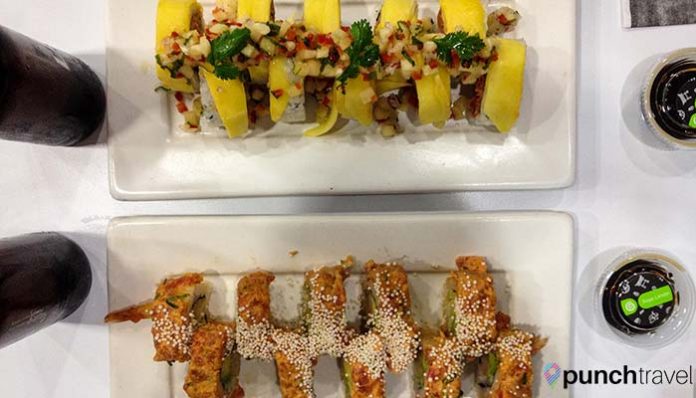
In fact, burritos originated in the US, within the Mexican American community. The burrito legend has it that farm workers working in California would prepare their lunch of beans and hot sauce, wrapped in a flour tortilla to keep it warm while they worked in the fields. If you order a burrito in Mexico you will be surprised to find that it is just meat filling inside a flour tortilla – no massive burritos filled with rice, beans and lettuce like you get in the US at places like Chipotle or Qdoba.
And while there is a plethora of Mexican restaurants available, there is an equally large number of restaurants representing other cuisines. Japanese food is very popular, as well as Italian and Argentinian food. Walk down any street and you will find cuisines from all around the world.
No matter what you decide to eat, just don’t drink the tap water.
6Altitude sickness is real.
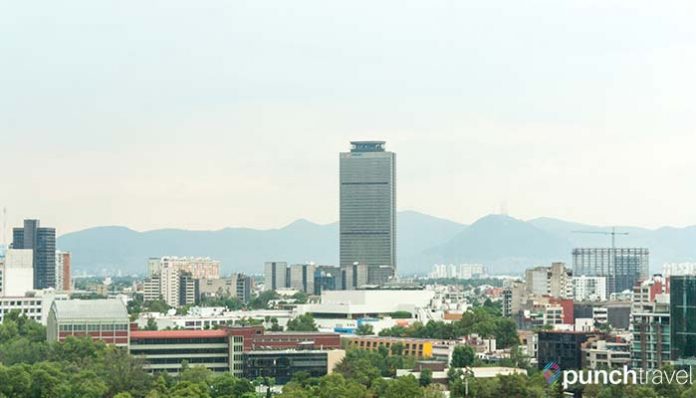
Mexico City is a mile and a half above sea level, and you may find yourself feeling uncomfortable the first few days you arrive as your body gets acclimated. Common symptoms of altitude sickness include difficulty breathing when doing simple tasks like going up a flight of stairs, loss of appetite and fatigue. The best way to combat this is to take it easy the first few days you arrive, avoiding alcohol and drinking a lot of water. Your body should adjust shortly thereafter, but you may still find yourself getting out of breath more easily.
7Heed the pollution warnings.
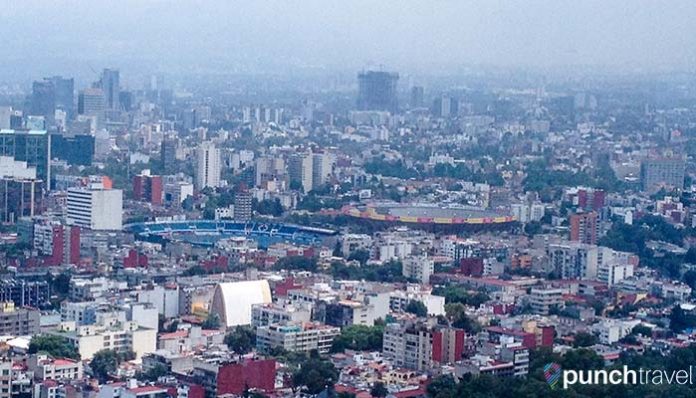
There’s no getting around it, the pollution in Mexico City is a problem.
Currently, ozone and air pollutants rank at about the same level as that of Los Angeles. The smog covers the city in a hazy cloud and visibility is often limited. In recent years, the city has made some changes to address the problem, like prohibiting drivers from using their cars one day of the week, introducing greener forms of transportation like the Ecobici bike program and requiring some industries to reduce emissions.
Walking on a busy street, the air quality can be uncomfortable especially with all of the vehicles on the road during the week. Therefore, if you do plan to do a lot of walking in the city, the best day to do so is on Sunday, when there are less cars on the road.
Otherwise, get some respite from the uncomfortable conditions by ducking into one of the many city parks scattered throughout the city. The Bosque de Chapultepec, the largest city park in the Western hemisphere, is located in the Polanco neighborhood and acts as a natural air filter, replenishing oxygen to the city.
You can check the current air quality in Mexico City by visiting Plume Labs.
8Mexico City is safer than you think.

A common misconception is that Mexico City is dangerous, filled with drug dealers and criminals. It seems like all the movies about Mexico are about the drug cartel and the recent headlines about El Chapo certainly don’t help to improve its reputation. While these scenes may be more representative of other, moral rural parts of the country, in reality, safety in Mexico City is a concern but it is no more dangerous than any other large city.
You may notice the presence of heavily armed police wherever you go. But don’t take that as a reason to fear. Quite the opposite in fact – Mexico City has one of the highest police to resident ratios in the world.
As with any large city, be smart when when you are out and about. Don’t flash your smartphone or digital camera around, and carry your purse or backpack in front of you to discourage pickpockets.
9Live like a king…or not.
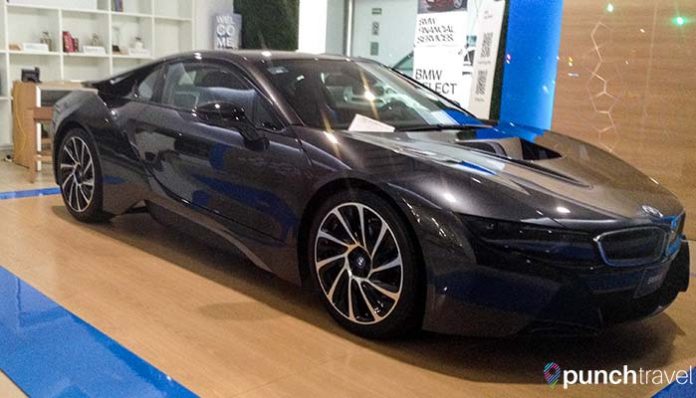
As a tourist, you may see the city you are visiting through rose-colored glasses, only seeing the tourist attractions and only interacting with ticket takers and tour guides. But beyond the surface of the tourist spots lies the true nature of the city, and in Mexico City, the wealth disparity is a subject that touches you wherever you go.
On one end, you have the upscale neighborhood of Polanco, home to some of the wealthiest men and women in Mexico, where their own version of the Champs des Elysees is lined with designer clothing stores and luxury car dealerships. This is where you can find the Avenue de Presidente Masaryk, the highest-priced residential street and also the one with the most upscale boutiques in all of Latin America. Mexico City is home to Carlos Slim, the richest man in the world in 2012, a man whose personal wealth equals that of 6.3% of the entire Mexican GDP.
At the same time, over 53% of the population in Mexico live below the poverty line. Along the busy streets, people walk between the cars selling gum or fruit to drivers or wiping down cars stopped at the long stoplights to. In front of the Metropolitan Cathedral, unemployed laborers looking for work sit outside with handmade signs advertising what their skills are: plumbers, electricians or simply a handy-man.
As a traveler it is important to not only visit a country to see its attractions, but to also expand our worldview and learn more about its people and its history.
Agree? Disagree? Let us know in the comments!
Pin it!
